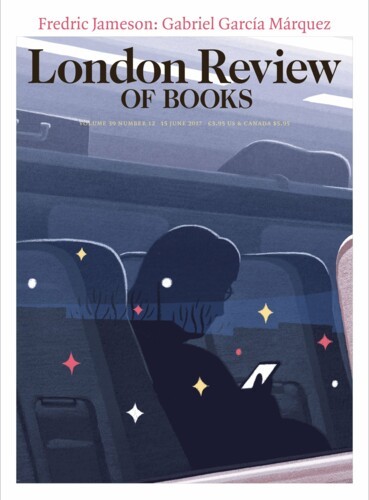Rub gently out with stale bread
Adam Smyth: The Print Craze, 2 November 2017
The Print Before Photography: An Introduction to European Printmaking 1550-1820
by Antony Griffiths.
British Museum, 560 pp., £60, August 2016,978 0 7141 2695 1 Show More
by Antony Griffiths.
British Museum, 560 pp., £60, August 2016,
“... needed prints of their works to spread their fame and standing. From 1829 until his death in 1837, John Constable grew increasingly preoccupied with printmaking and collaborated with the young engraver David Lucas to translate his oil sketches and paintings into 22 mezzotints, part of what would become known as English Landscape Scenery. Proofs survive, and ... ”
